HINGOLI
Cultural Sites
Last updated on 21 July 2025. Help us improve the information on this page by clicking on suggest edits or writing to us.
Ambika Talkies

Ambika Talkies is perhaps one of the oldest cinema halls that exist in the district. Old residents associate many fond memories with the place and recall watching films from the 1960s and 70s such as ‘Doli’ and ‘Chirag’ at this location. Sadly, locals say that the hall has been out of use since 1972 and in recent years has been converted into a warehouse. While its role in the community has changed, for many, Ambika Talkies still remains a nostalgic reminder of a time when the big screen was increasingly becoming the new highlight of an evening out.
Aundha Nagnath Mandir
Aundha Nagnath Mandir, also known as Nageshwar Jyotirling, is regarded by many to be one of the twelve Jyotirlingas in India. The mandir is a significant pilgrimage site in the district and dedicated to Bhagwan Nageshwar or Nagnath (another form of Shiv).
![The Aundha Nagnath Mandir, Hingoli[1]](/media/culture/images/maharashtra/hingoli/cultural-sites/the-aundha-nagnath-mandir-hingoli1-121fa7d3.png)
The mandir is said to be very old. Most notably, it is believed that Dharmraj Yudhishthir, the eldest Pandava, constructed this mandir during their forced 13-year exile from Hastinapur. It is mentioned in one of the articles of Marathwada Tourism website that the mandir which was built by Yudhishthir was an impressive seven-story structure. However, it was later demolished, and the current building was constructed in the 13th century by the Seuna (Yadava) dynasty.
Legends & Stories
There are many legends that are attached to the structure of the mandir. Interestingly, it is said that the mandir is constructed above a lake of immeasurable depth. The whole structure is held together by a golden ‘bel’ leaf that floats on the lake’s surface. According to another legend, there are many secret underground canals that connect the mandir to many locations across Maharashtra, one of which is said to lie at the Khaki Baba Math at Hingoli City.
Perhaps one of the most famous stories attached to the mandir is tied to the Bhakti Sant, Namdev. It is said that once, while singing his Bhajans in front of the mandir, a pujari insulted him due to his caste. Despite facing such discrimination, it is said that Sant Namdev walked to the other end of the mandir and continued his singing. Moved by his unwavering devotion, Bhagwan Nageshwar, according to the story, turned the orientation of the mandir to face him.
Balaji Mandir
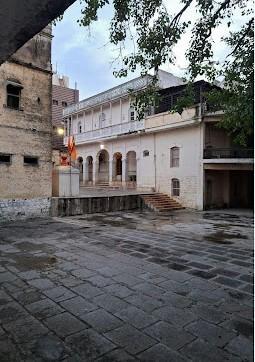
The Balaji Mandir is situated in the Mangalwara area of Hingoli. It notably remains open 24 hours every day. The mandir is unique when it comes to its architecture and was constructed using lime (‘chuna’) powder and basalt rocks. Over the years, it has undergone several renovations, with its interior now adorned with marble.
Gopal Lal Mandir
The Gopal Lal Mandir is a religious site which is almost 150 years old. It is located in Gawli Pura at Kumbhar Wada and is dedicated to Bhagwan Krishna and Radha.

The mandir was renovated in 1925 and influences from many architectural styles can be seen such as Mughal, Rajasthani and local Deccan influences within its structure. The mandir is currently maintained by a private trust that operates a Gaushala that lies in the backyard of the mandir. It is said that the Gaushala provides shelter and food for over 200 cows. Devotees often frequent this mandir to seek blessings for fame, relief from diseases, wealth, and courage.
Jaleshwar Mandir
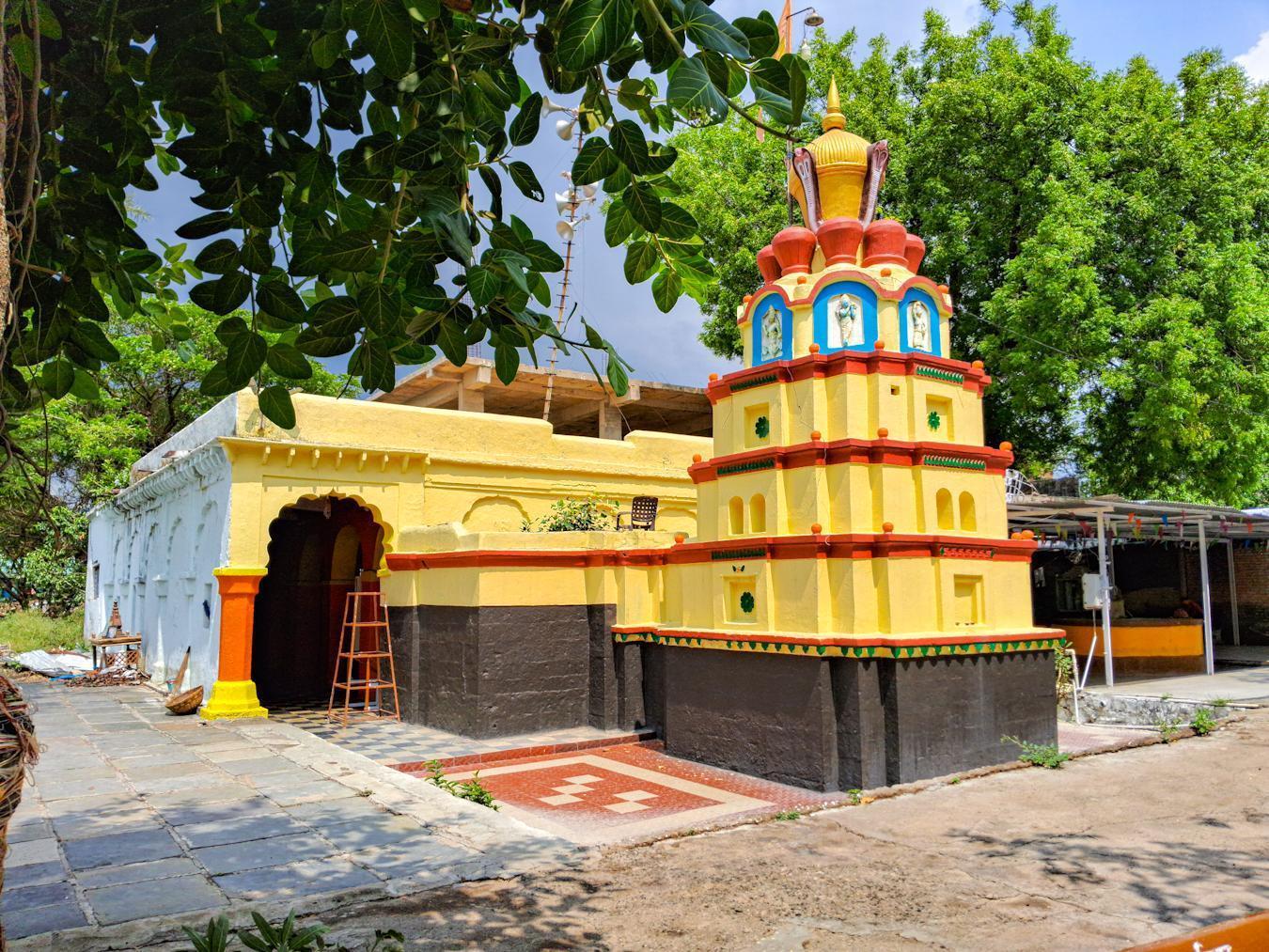
The Jaleshwar Mandir is a historic religious site which is often described as a “hidden gem” by many locals in the district. Notably, many believe that the mandir is as old as the famous Aundh Nagnath Mandir of the district. It is said that the shivling of the mandir is ‘swayambhu’ and emerged during the time that the Pandavas were here.
The Mandir is surrounded by a lake, which it shares its name with and is constructed from solid basalt rock (a material which was commonly used in the ancient times till 12th century). The shivling sometimes gets submerged during the rainy season. The Shivling is placed within a small garbhagriha (sanctum sanctorum) which only the pujaris can enter during the ceremony. The site is accessible via auto rickshaws from the Railway Station.
Khatkali Hanuman Mandir
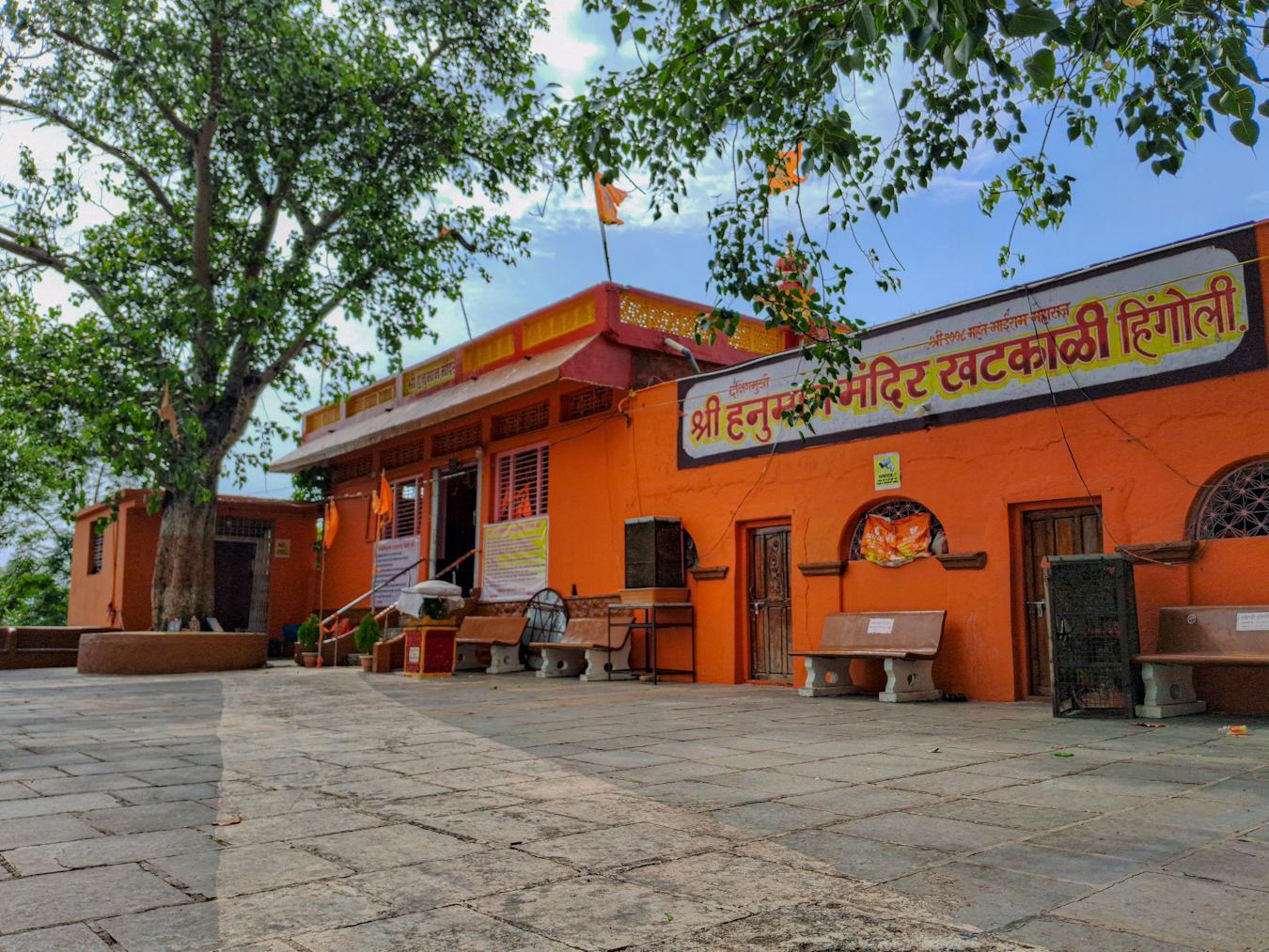
The Khatkali Hanuman Mandir is a historic religious site located approximately 200 meters from the Hingoli-Nanded Highway, to the east of the city. The mandir is considered to be one of the oldest in the district and is estimated to be at least 200 years old. Many say that it was built on donated land which was previously a part of a dense forest.
The mandir, is revered by locals to be a ‘jagrut devasthan,’ (meaning an awakened temple). Many regard the mandir to be the force that protects the district. Notably, a very unique ritual which is practiced within its main garbha griha (inner sanctum). The ritual involves devotees to place a coin against the inner sanctum wall while making a wish. According to local belief, if the coin sticks to the wall spontaneously, the wish will be granted in the future.
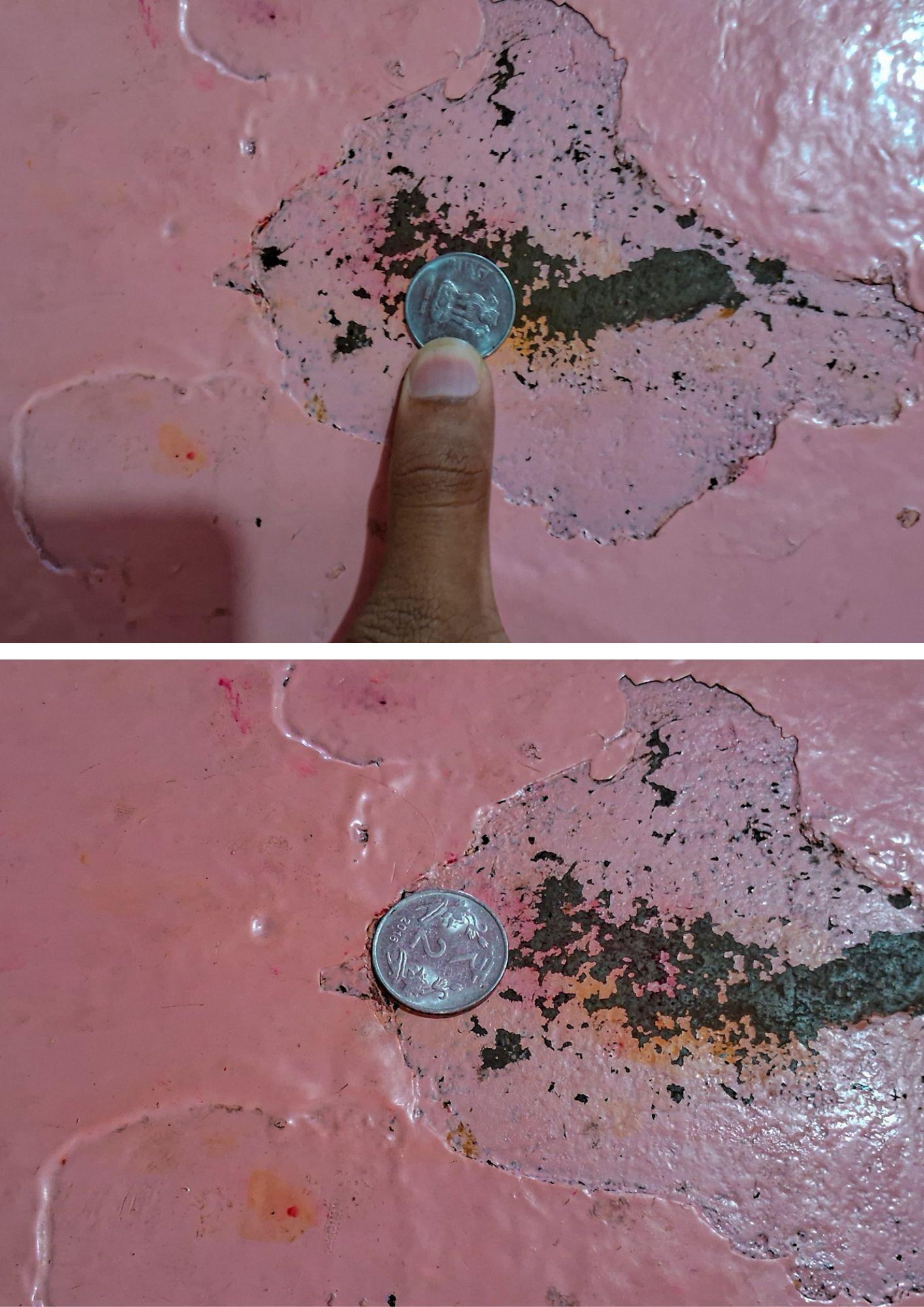
The Mandir is said to be unique due its south-facing orientation, which locals comment is unusual for mandirs in the region. It is constructed, notably from basalt rock with a chalk paste said to be used as a binding material.
The Mandir is especially crowded on Saturdays. This is because, locals say worshipping Hanumanji on this day is believed to counteract negative influences and bring peace to one’s life. Notably, during these Saturday gatherings, vendors from a nearby village especially travel to sell Calotropis (a crown flower or ‘aak’). This flower holds special religious importance, as it is closely associated with Hanumanji and is used as an offering by devotees. Complementing these vendors are stalls dedicated to Shanidev, which sell Urad Dal and cooking oil to devotees.
Ramleela Maidan
![Ramleela Maidan at Hingoli[2]](/media/culture/images/maharashtra/hingoli/cultural-sites/ramleela-maidan-at-hingoli2-811c5abc.png)
Ramleela Maidan is a historic site in Hingoli, which has, notably, served as a primary venue for Ramleela performances for over 250 years. The tradition of this annual celebration during Navratri is attributed to a spiritual figure named Mandas Baba. Every year, during the festival, many locals offer coconuts and perform prayers dedicated to him.
During Dussehra, large effigies are burned within the venue. Notably, according to a 2023 Lokmat article, the “second-largest Dussehra festival in India” is organized in this venue. Both Navratri and Dussehra are national festivals that are celebrated across regions. It is interesting to see how every region where it is celebrated has its own specialty and story, as seen here.
Satmata Mandir

The Satmata Mandir is situated amidst the bustling main market area of Hingoli City. The mandir is considered to be very old and it is said that nine generations of pujaris have maintained the site. The mandir, notably, is syncretic in its nature. It is said that people from all communities usually visit the mandir and especially celebrate Navratri together.
Shri Tirthakshetra Siddhanath Mahadev Sansthan Gangalwadi Mandir
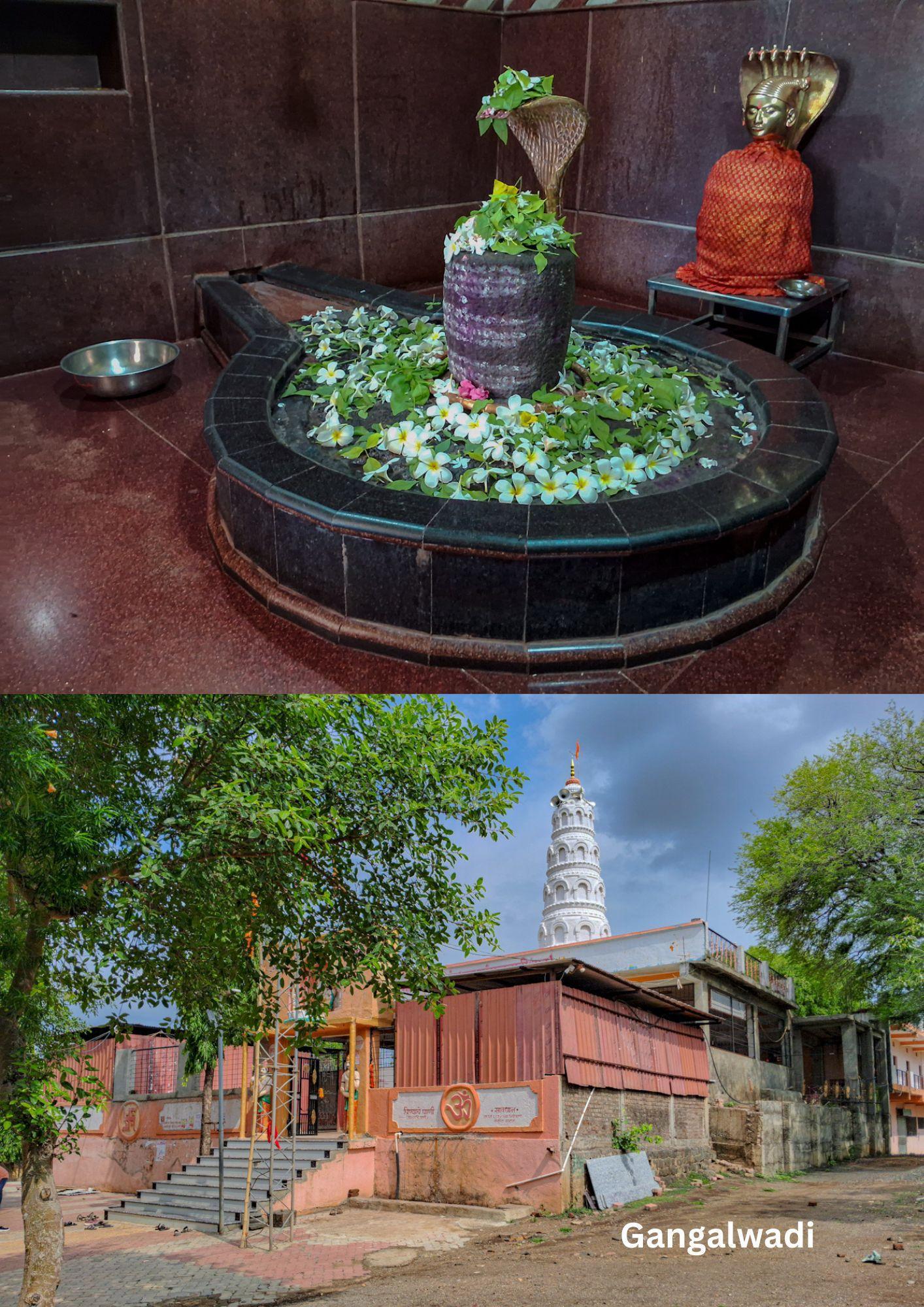
The Shri Tirthakshetra Siddhanath Mahadev Sansthan Mandir lies in the village of Gangalwadi, which is approximately 20 km away from the Aundha Nagnath Mandir. The mandir is believed to be very old and notably, is steeped in a legend that is tied to the Aundha Nagnath Mandir. In the legend, Siddhanath Mahadev is described to be the brother of Nagnath Mahadev. It is said that there is an underground tunnel that connects the two Mandirs which was used very frequently by Siddhanath Mahadev to visit his brother.
The pujaris of the Mandir have served the mandir for decades and are mostly Bramhacharis (a person who practices celibacy).
Interestingly, there is a very unique belief that is attached to the trees of the Mandir. The Mandir, notably, has many Banyan trees that can be found in its backyard. Quite a lot of them have openings in their bark. It is said that if devotees have a pure and unshakeable faith in Siddhanath Mahadev, he will pass through this small opening. The mandir attracts a large crowd of devotees every Monday, who come to offer ‘bel patra’ (bel leaves) to the Shivling and seek Siddhanath’s blessings.
Vighnaharta Chintamani Ganpati Mandir
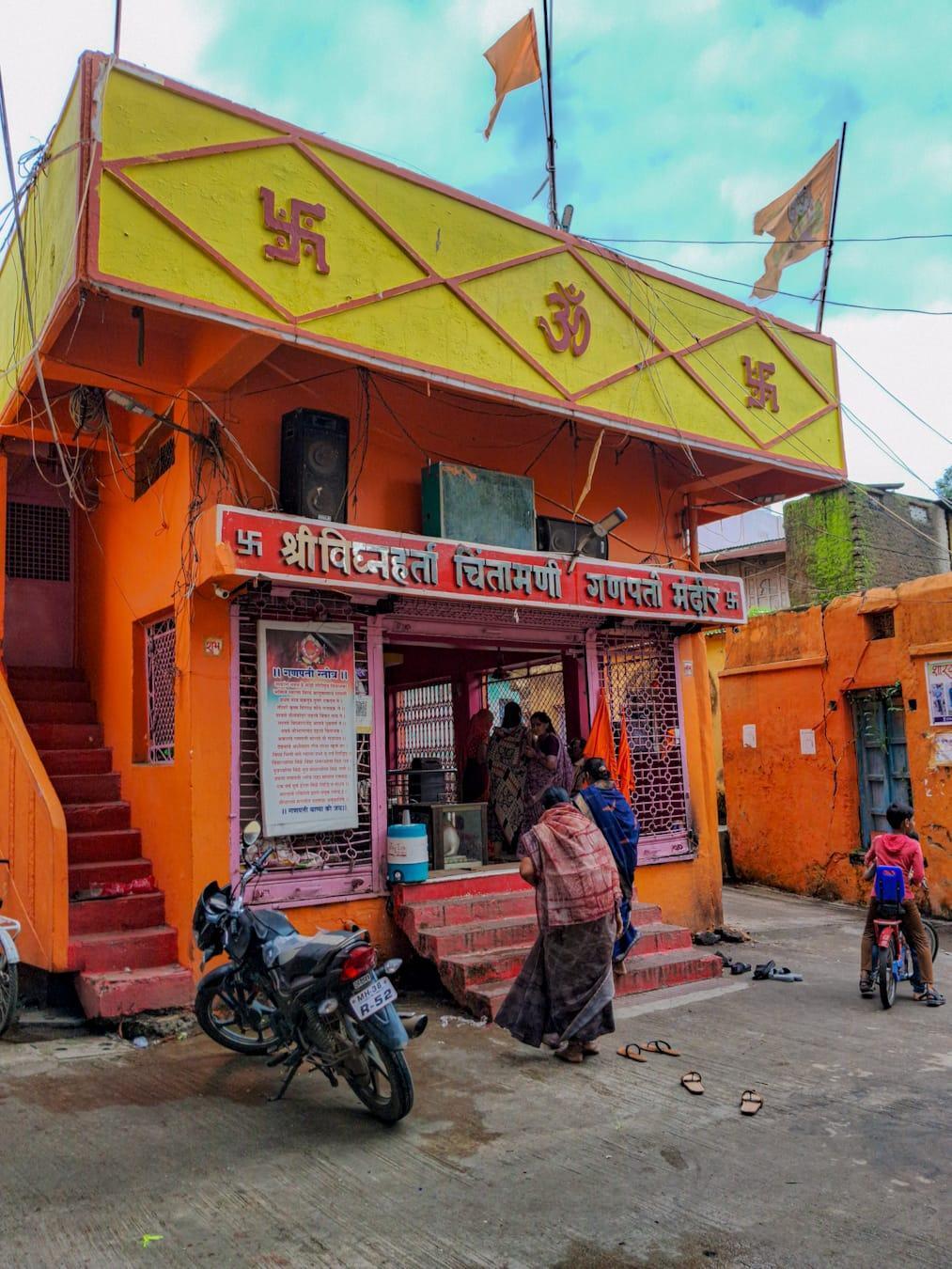
The Vighnaharta Chintamani Ganpati Mandir, situated in Mangalwara, is a religious site which is believed to be around 100 years old. The mandir is considered to be a ‘jagrut devasthan’ (lit. an alive temple) and the murti of the mandir is regarded as ‘swayambhu.’ The murti of the devta is unique and its eyes are adorned with gems. Many devotees visit the mandir with the belief that the Devta Chintamani would bless and fulfill their wishes.
It is said that devotees from across Maharashtra visit the mandir during Anant Chaturdashi. Notably, during this time, many devotees donate food and clothing, and auto drivers often provide free rides to the visitors of the mandir. Locals say that thousands of modaks are offered to the devta and each devotee makes a wish as they collect the modak as prasad. The modaks offered, it is said, are kept in a special box and opened only on Chaturthi for puja. Interestingly it is said that if the wish is granted, the modak will remain intact throughout the year. After it is fulfilled, according to the tradition, the modak must be immersed in water, the following Anant Chaturdashi.
Sources
Hingoli Tourism. Aundha Nagnath Temple.Marathwada Tourism. Accessed March 17, 2025.https://www.marathwadatourism.com/en/aundha-…
Last updated on 21 July 2025. Help us improve the information on this page by clicking on suggest edits or writing to us.